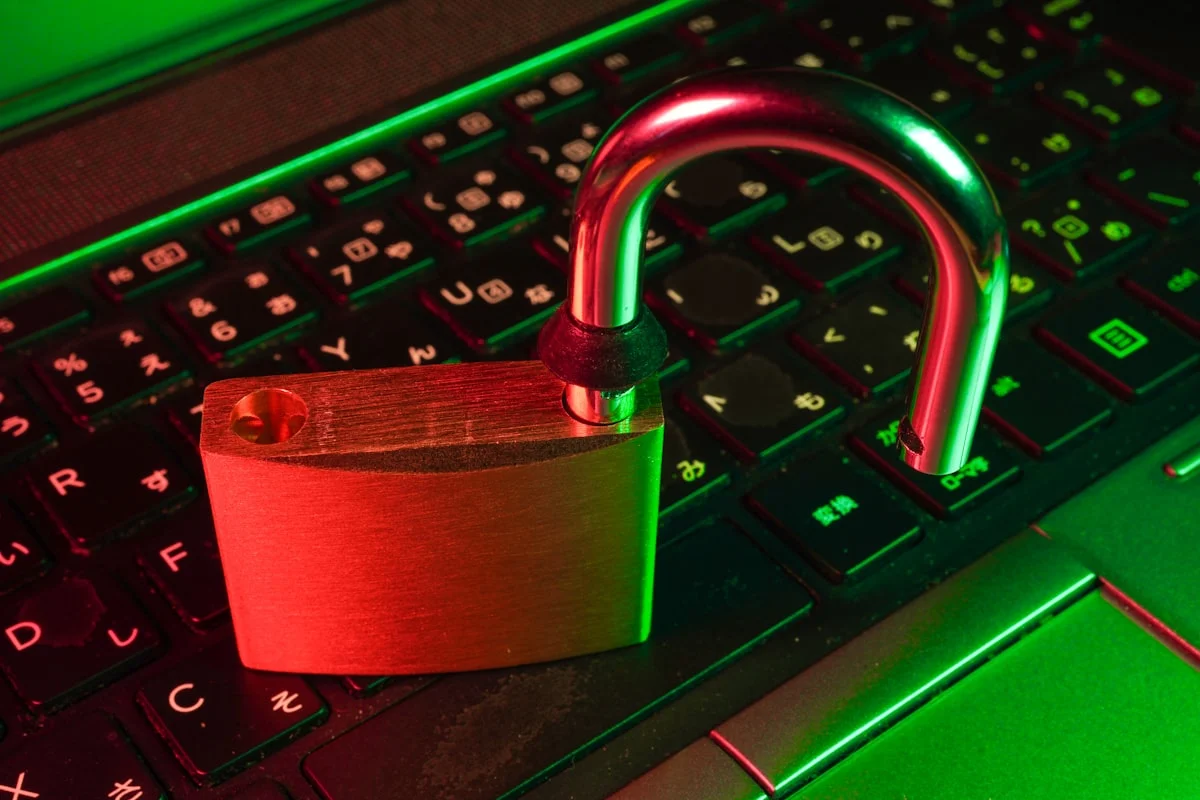# How to Create Strong Passwords Easily in 2025
Why Strong Password Creation Matters More Than Ever
In 2025, strong password creation is no longer optional—it’s a necessity. With cyber threats evolving rapidly, weak passwords are one of the easiest ways for hackers to access your personal and financial data. Strong password creation involves more than just adding a few numbers to your pet’s name; it requires a strategic approach to ensure maximum security. Whether you’re protecting your email, banking apps, or social media accounts, mastering strong password creation is the first line of defense against cybercrime.
Many people still rely on simple, easy-to-remember passwords, putting themselves at risk. The good news? Creating a strong password doesn’t have to be complicated. By following proven techniques, you can generate secure passwords that are both tough to crack and simple to recall. This guide will walk you through the best methods for strong password creation, helping you safeguard your digital life without frustration.
The Key Elements of a Strong Password
A truly secure password incorporates several critical components. Length is the most important factor—experts recommend at least 12 characters, though 16 or more is ideal for high-security accounts. Mixing uppercase and lowercase letters, numbers, and special symbols (like !, @, or #) significantly enhances complexity. Avoid predictable patterns, such as “12345” or “password,” which are among the first combinations hackers try.
Another essential aspect of strong password creation is uniqueness. Reusing passwords across multiple accounts is a dangerous habit; if one account is compromised, all others with the same password become vulnerable. Instead, create distinct passwords for every login. While this may seem overwhelming, password managers (which we’ll discuss later) make it effortless to store and retrieve multiple secure passwords.
Simple Techniques for Strong Password Creation
One of the easiest ways to generate a strong password is by using a passphrase instead of a single word. A passphrase is a sequence of random words or a memorable sentence that’s difficult for others to guess but easy for you to remember. For example, “BlueCoffeeMug$DancesAt3AM!” is far more secure than “Password123.” The combination of unrelated words, capitalization, and symbols makes it highly resistant to brute-force attacks.
Another effective method is the “substitution technique,” where you replace certain letters with numbers or symbols. For instance, “SecureAccount” could become “S3cur3@cc0unt!” This approach maintains readability while drastically improving security. However, avoid overly common substitutions (like replacing “E” with “3”), as hackers are well aware of these tricks.
How Password Managers Simplify Strong Password Creation
Remembering dozens of complex passwords is nearly impossible without help. This is where password managers come in. These tools not only store your passwords securely but also generate random, high-strength passwords for each of your accounts. Leading password managers in 2025 use advanced encryption to protect your data, ensuring that even if the service is breached, your credentials remain safe.
Using a password manager eliminates the need to memorize multiple passwords while maintaining top-tier security. Many also include features like auto-fill, security alerts for compromised passwords, and cross-device synchronization. By integrating a password manager into your routine, strong password creation becomes effortless, allowing you to focus on what matters without sacrificing security.
Common Mistakes to Avoid in Strong Password Creation
Even with the best intentions, many people make critical errors when crafting passwords. One major mistake is using personal information, such as birthdays, anniversaries, or family names, which can often be found on social media. Another pitfall is relying on keyboard patterns (like “qwerty” or “1qaz2wsx”), which hackers can easily predict.
Additionally, avoid changing passwords too frequently unless there’s a known breach. Frequent changes can lead to weaker passwords or slight variations of old ones (e.g., “Password1,” “Password2”). Instead, focus on creating one highly secure password and only update it if necessary. Finally, never share your passwords via email, text, or unsecured messaging apps—always use encrypted channels if sharing is unavoidable.
Future-Proofing Your Passwords in 2025 and Beyond
As technology advances, so do hacking techniques. In 2025, biometric authentication (like fingerprint or facial recognition) and multi-factor authentication (MFA) are becoming standard. While these add extra layers of security, strong password creation remains fundamental. Combining a robust password with MFA ensures that even if your password is compromised, unauthorized access is still blocked.
Stay ahead of threats by periodically reviewing your password habits and adopting new security practices as they emerge. Cybersecurity is an ongoing process, and staying informed is the best way to protect yourself. By prioritizing strong password creation today, you’ll build a safer digital future for years to come.
Final Thoughts on Strong Password Creation
Creating strong passwords doesn’t have to be a daunting task. By following the strategies outlined here—using passphrases, leveraging password managers, and avoiding common mistakes—you can enhance your online security with minimal effort. In 2025, cyber threats will only grow more sophisticated, making strong password creation an essential skill for everyone.
Start implementing these techniques today to protect your accounts from unauthorized access. Remember, a strong password is your first and best defense against cybercriminals. Stay vigilant, stay secure, and make strong password creation a priority in your digital life.

